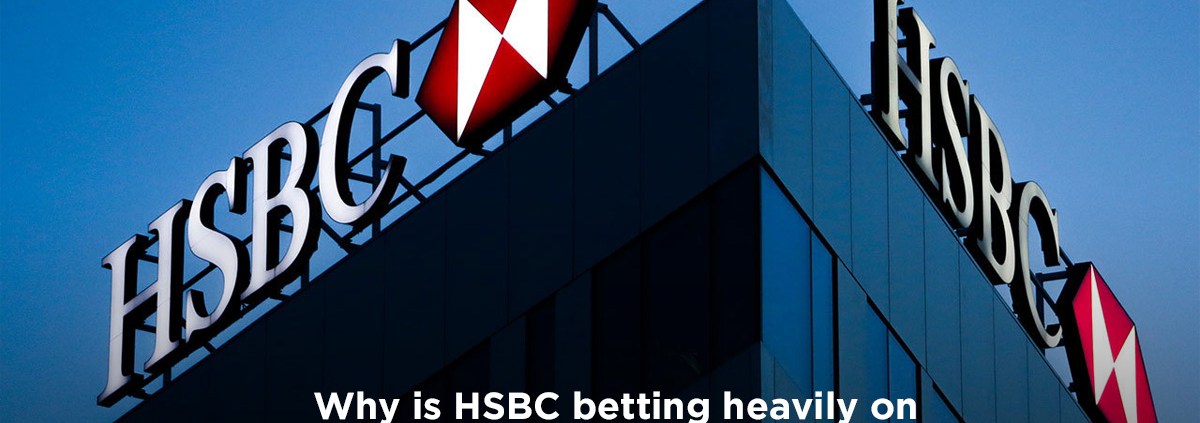HSBC has been in the wealth management business for a while. However, it managed just around $360 billion worth of assets, at the end of 2019. At the time, UBS Group AG, the world’s biggest wealth management company, had $2.6 trillion under management. Taking stock of its relative underperformance in the segment, HSBC, which is the largest bank in Europe, is set to “invest at scale”, aiming to become a market leader. So, what is the reason behind this strategic shift?
Wealth Management: A burgeoning sector
Firstly, as HSBC admits, this decision is primarily profit-driven. The company hopes to develop its wealth management vertical into a profit engine. But my curiosity revolves around this question: What does HSBC know that others don’t?
This brings us to the next part of the announcement. HSBC has a significant presence in Asia, particularly in China. In 2019, about 65% of HSBC Wealth Management’s revenues could be attributed to its clients from Asia. It is therefore unsurprising that HSBC has identified Asia, the U.K., and the Middle East, as likely areas for expansion and investment. I believe this is a strategic move, considering high-net-worth individuals (HNWI) from these regions are poised to increase their wealth significantly, in the near future. The likes of Ambani and Adani, in India, are expected to be this year’s biggest gainers in wealth, ahead of many billionaires in the West.
But unlike the billionaires from developed economies, HNWIs in Asia and the Middle East have not heavily engaged with wealth management incumbents, whom HSBC considers business rivals. Due
to its established presence in the East, HSBC is confident that it can tap into this emerging class of HNWIs — a gamble that I believe could work wonders for the bank. But HSBC’s confidence is not entirely down to its existing capabilities. In fact, wealth management, as an industry, is poised for significant growth, owing to the current socio-economic climate, post-pandemic revival, and other tailwinds.
Wealth Management has some strong positives to leverage
Lately, any discourse assumes a pandemic focus, and wealth management is no different. The COVID-19 outbreak and subsequent disruptions across sectors have induced structural changes in wealth management. Advisors are now redefining what constitutes “wealth”, with assets like non-fungible tokens (NFT) and Bitcoin being added to the mix. And old school investors, sitting on heaps of “dry powder”, are now jumping on the digital bandwagon, following increased integration between Fintech and wealth management. According to McKinsey, 72% of investors under the age of 40 say they would be comfortable working with a virtual financial advisor.
These new business models, and emerging asset classes, have enhanced the scope for asset distribution and allocation. According to KPMG, this development is rather stark in the Asia Pacific, with Hong Kong leading tech-adoption, in wealth management. In addition, my confidence in wealth management’s growth prospects stems from favourable policies by regulators. In recent years, and especially last year, many leading economies have introduced greater regulatory flexibility in the wealth management sector, setting the stage for better capital and tech flows. This is why, when a consortium like HSBC says it will “invest at scale”, I’m not in the least bit surprised.



